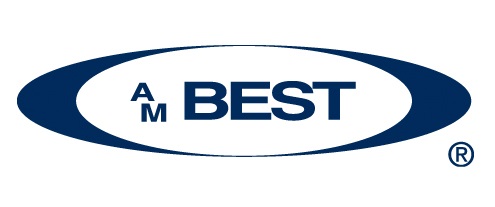Global financial services ratings agency, A.M. Best, has found that the long-term debt obligations among publicly traded U.S. life/annuity insurers declined by 14% between 2010 and 2018, to $89.3 billion.
 According to A.M. Best, the majority of the 19 companies followed for this report took advantage of lower financing costs in an effort to pay down their near-term debt maturities. At the same time, most of those companies looking to make the most of the low interest rate landscape to issue long-term debt have already done so.
According to A.M. Best, the majority of the 19 companies followed for this report took advantage of lower financing costs in an effort to pay down their near-term debt maturities. At the same time, most of those companies looking to make the most of the low interest rate landscape to issue long-term debt have already done so.
The report, “Life/Annuity Companies’ Appetite for Long-Term Debt Kept in Check,” finds that short-term debt obligations have fluctuated during the eight-year period, hitting a high of $44.9 billion in 2014 from $34.1 billion in 2010. In 2018, short-term debt obligations among publicly traded U.S. life/annuity insurers was $37.9 billion.
As a result of the lower level of debt, A.M. Best explains that the aggregate debt-to-capital ratio fell to 30.5% at the end of 2018, compared with 39.3% at the end of 2010.
“The overall decline in debt-to-capital ratios also can be attributed to the industry’s record-high capitalization, which facilitates companies’ ability to use earnings for debt servicing, as well as regular dividend payments. Given the current interest rate environment and some pessimistic views of the U.S. economy, many of the larger companies continue to deleverage, which remains the primary reason for the decline in debt,” explains the ratings agency.
In the low interest rate environment, which is expected to persist for some time, companies have been making the most of the investment landscape by issuing debt with lower associated coupons and using the proceeds to clear older debt with higher rates.
“Companies also are increasingly partnering with affiliated distribution channels, incubating fintech insurance startups through seed investments in their own organizations or acquiring fintech insurance-focused companies. Depending on the scale of these initiatives, the moves could result in additional capital demands or an increase in debt issuance,” said Jason Hopper, Associate Director, A.M. Best.


